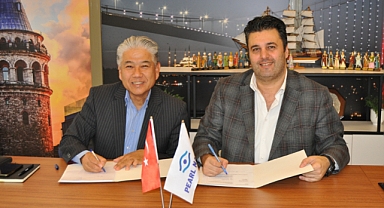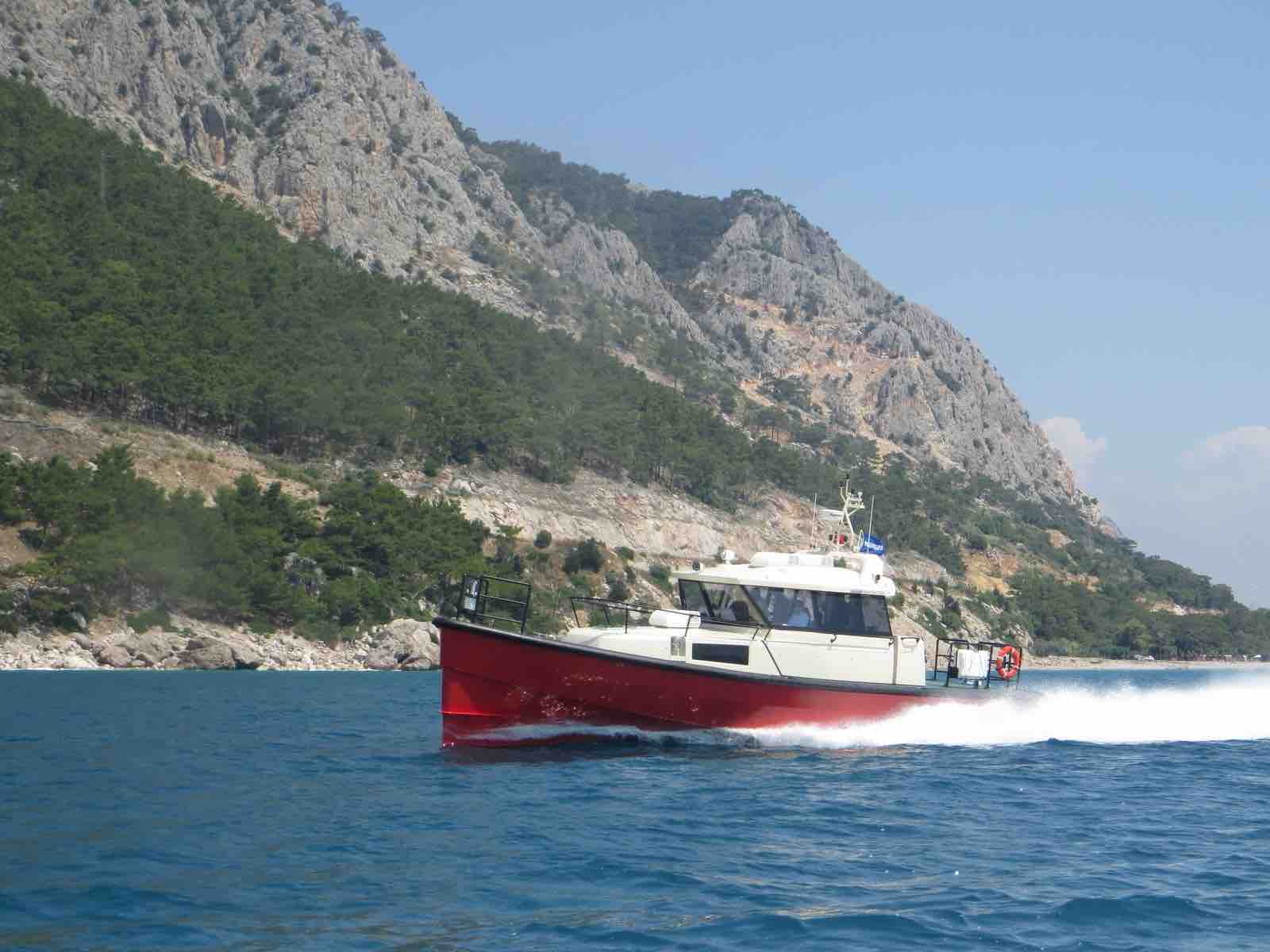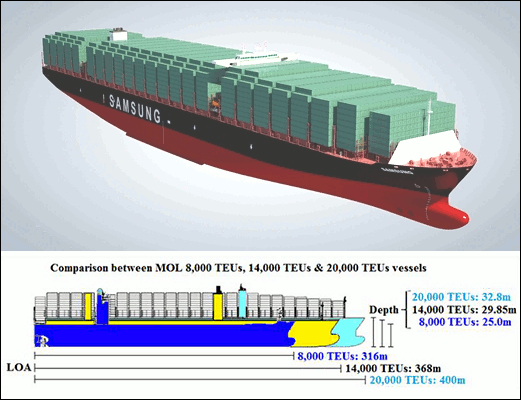CHINA's largest naval training ship sailed for the Philippines , its last stop of a regional 'friendly' tour, amid growing unease over chinese maritime activities in the South China Sea, Reuters reports.
The visit also comes immediately after the first-ever trilateral coast guard exercise involving the Philippines, Japan and the United States.
The Philippines has increased military ties with the United States, conducting more drills, allowing US access to local military bases. The decision angered China when Manila said the access would be useful if Chinese forces attacked Taiwan.
Heightening tensions, the Philippines placed navigational buoys in the contested Spratly islands of the South China Sea last month, quickly prompting China to do the same.
The training vessel, Qijiguang, bigger than a destroyer, left Brunei for the Philippines as part an around 40-day trip which has included stops in Vietnam and Thailand before Brunei.
At the end of its trip, Qijiguang and its crew of 476 navy students and officers would have passed through the Yellow Sea, East China Sea, South China Sea, Gulf of Thailand and west Pacific.
Training conducted by the ship, named after a Ming dynasty general who fought against Japanese pirates, would focus on navigation, anti-piracy and shooting exercises with light-weight weapons, according to Chinese state media, which had described its passage in the region as 'friendly'.
Its impending arrival in the Philippines comes amid tensions with its neighbours over the South China Sea, which China mostly claims but parts of which are also claimed by Vietnam, Taiwan, Brunei, Malaysia and the Philippines.
On May 23-25, the training vessel made port in Vietnam, overlapping with the sailing of a Chinese research ship in Vietnam's exclusive economic zone (EEZ) from May 7-June 6. The presence of the research ship prompted a rare protest from Hanoi.
SeaNews Turkey
The visit also comes immediately after the first-ever trilateral coast guard exercise involving the Philippines, Japan and the United States.
The Philippines has increased military ties with the United States, conducting more drills, allowing US access to local military bases. The decision angered China when Manila said the access would be useful if Chinese forces attacked Taiwan.
Heightening tensions, the Philippines placed navigational buoys in the contested Spratly islands of the South China Sea last month, quickly prompting China to do the same.
The training vessel, Qijiguang, bigger than a destroyer, left Brunei for the Philippines as part an around 40-day trip which has included stops in Vietnam and Thailand before Brunei.
At the end of its trip, Qijiguang and its crew of 476 navy students and officers would have passed through the Yellow Sea, East China Sea, South China Sea, Gulf of Thailand and west Pacific.
Training conducted by the ship, named after a Ming dynasty general who fought against Japanese pirates, would focus on navigation, anti-piracy and shooting exercises with light-weight weapons, according to Chinese state media, which had described its passage in the region as 'friendly'.
Its impending arrival in the Philippines comes amid tensions with its neighbours over the South China Sea, which China mostly claims but parts of which are also claimed by Vietnam, Taiwan, Brunei, Malaysia and the Philippines.
On May 23-25, the training vessel made port in Vietnam, overlapping with the sailing of a Chinese research ship in Vietnam's exclusive economic zone (EEZ) from May 7-June 6. The presence of the research ship prompted a rare protest from Hanoi.
SeaNews Turkey









